Home>Furniture & Design>Outdoor Furniture>What Outdoor Temperature Is Too Hot For The Elderly
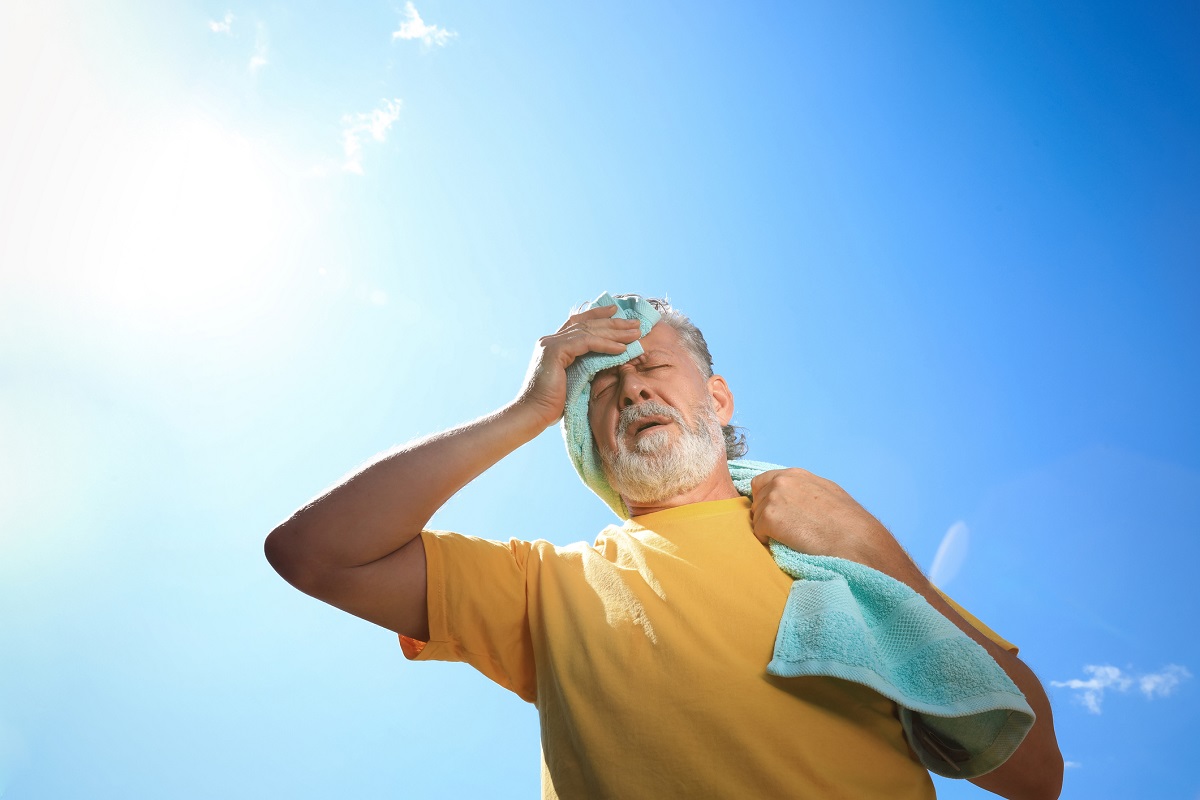

Outdoor Furniture
What Outdoor Temperature Is Too Hot For The Elderly
Published: January 12, 2024
Discover the ideal outdoor temperature for elderly comfort and safety. Find expert advice on managing outdoor furniture and design in hot weather.
(Many of the links in this article redirect to a specific reviewed product. Your purchase of these products through affiliate links helps to generate commission for Storables.com, at no extra cost. Learn more)
Introduction
As the sun beats down and the mercury rises, it's essential to consider the impact of scorching outdoor temperatures, particularly on the elderly. While many people revel in the warmth of a sunny day, it's crucial to recognize that extreme heat can pose significant risks to the health and well-being of older individuals. Understanding the potential dangers and identifying the threshold at which outdoor temperatures become hazardous is paramount for ensuring the safety of our elderly loved ones.
In this article, we will delve into the effects of heat on the elderly, pinpoint the threshold for dangerous outdoor temperatures, explore the health risks associated with excessive heat, and provide valuable tips for safeguarding elderly individuals from the perils of hot weather. By shedding light on these crucial aspects, we aim to equip readers with the knowledge and insights needed to protect and support the elderly during sweltering conditions.
So, let's embark on this enlightening journey to comprehend the impact of outdoor temperature on the elderly and discover effective strategies for mitigating the potential risks.
Key Takeaways:
- Extreme heat can harm elderly people due to their bodies’ reduced ability to handle high temperatures. Dehydration, heat exhaustion, and exacerbation of existing health conditions are major risks.
- To protect elderly individuals from extreme heat, ensure hydration, access to air conditioning, shaded areas, appropriate clothing, and regular check-ins. These measures help keep older adults safe and comfortable.
Read more: What Temperature Is Too Hot For Mums
Understanding the Effects of Heat on the Elderly
As we age, our bodies undergo various physiological changes that can significantly impact our ability to regulate temperature. The elderly are particularly vulnerable to heat-related stress and illnesses due to age-related factors such as decreased sweat production, reduced blood circulation, and a diminished capacity to adapt to sudden temperature changes. Additionally, certain medications commonly prescribed to older individuals can impair the body’s natural cooling mechanisms, further heightening their susceptibility to heat-related complications.
When exposed to high outdoor temperatures, older individuals may experience a range of adverse effects, including dehydration, heat exhaustion, and heatstroke. Dehydration, in particular, can be a pervasive concern, as aging diminishes the sensation of thirst, making it easier for seniors to become dehydrated without realizing it. Furthermore, heat exhaustion can manifest as profuse sweating, weakness, dizziness, nausea, and headaches, while the more severe condition of heatstroke can lead to confusion, rapid pulse, elevated body temperature, and even loss of consciousness.
It’s important to recognize that the impact of heat on the elderly extends beyond physical discomfort. Prolonged exposure to high temperatures can exacerbate existing health conditions, such as cardiovascular diseases, respiratory disorders, and diabetes, thereby posing a grave threat to the overall well-being of older individuals. Moreover, the psychological toll of enduring oppressive heat should not be overlooked, as it can contribute to feelings of irritability, anxiety, and social isolation among the elderly.
By understanding the unique vulnerabilities of the elderly to heat, we can better appreciate the significance of implementing measures to mitigate the potential risks associated with scorching outdoor temperatures. With this awareness, we can take proactive steps to safeguard the elderly and ensure their comfort and safety during periods of intense heat.
Identifying the Threshold for Dangerous Outdoor Temperatures
Pinpointing the threshold at which outdoor temperatures become perilous for the elderly is crucial for preemptive action and risk mitigation. While individual tolerance to heat can vary, certain benchmarks can serve as valuable guidelines for identifying when outdoor conditions pose a significant threat to the well-being of older individuals.
According to health experts, temperatures above 90°F (32°C) can start to pose risks to the elderly, especially when combined with high humidity. When the heat index, which factors in humidity along with air temperature, climbs above 90°F, the potential for heat-related illnesses escalates. As the mercury climbs higher, surpassing the 95°F (35°C) mark, the risk of heat stress and dehydration among the elderly becomes markedly elevated.
It’s important to note that the duration of exposure to high temperatures also plays a pivotal role in determining the level of risk. Even moderately high temperatures, when sustained over several days, can significantly impact the health of elderly individuals. Therefore, monitoring weather forecasts and paying attention to heat advisories issued by health authorities is essential for staying informed about potentially hazardous outdoor conditions.
Moreover, factors such as lack of air conditioning, limited access to shaded areas, and the inability to stay adequately hydrated can exacerbate the risks associated with high outdoor temperatures. In urban environments, where concrete and asphalt can intensify heat, the impact of soaring temperatures on the elderly can be particularly pronounced. Recognizing these environmental influences is crucial for assessing the overall risk posed by hot weather and taking appropriate measures to protect the elderly.
By identifying the threshold for dangerous outdoor temperatures and understanding the compounding factors that contribute to heat-related risks, we can proactively implement strategies to mitigate these dangers and ensure the well-being of elderly individuals during periods of extreme heat.
It is important to monitor the outdoor temperature for the elderly, as they are more sensitive to heat. Generally, temperatures above 90°F can be too hot for the elderly, increasing the risk of heat-related illnesses. It’s important to stay hydrated and seek shade or air conditioning during hot weather.
Health Risks Associated with Excessive Heat
Excessive heat poses a multitude of health risks for the elderly, encompassing both immediate and long-term consequences. Understanding these risks is paramount for comprehending the gravity of high outdoor temperatures and taking proactive measures to safeguard the well-being of older individuals.
One of the most pressing concerns associated with extreme heat is dehydration. As we age, the sensation of thirst diminishes, making it easier for older individuals to become dehydrated without realizing it. Dehydration can lead to a cascade of adverse effects, including dizziness, confusion, rapid heartbeat, and in severe cases, heatstroke. Furthermore, the impact of dehydration can exacerbate existing health conditions, such as hypertension and kidney disorders, amplifying the risks faced by the elderly during periods of intense heat.
Heat exhaustion is another prevalent risk, characterized by symptoms such as profuse sweating, weakness, nausea, and headaches. If not addressed promptly, heat exhaustion can escalate into heatstroke, a life-threatening condition that demands immediate medical attention. Heatstroke manifests as a rapid pulse, elevated body temperature, disorientation, and even loss of consciousness, posing a grave threat to the health and survival of elderly individuals.
Moreover, prolonged exposure to high temperatures can exacerbate chronic health conditions prevalent among the elderly, including cardiovascular diseases, respiratory ailments, and diabetes. The added strain imposed by excessive heat can precipitate cardiovascular events, worsen respiratory symptoms, and disrupt the delicate balance of blood sugar levels, amplifying the health risks faced by older individuals.
Psychologically, enduring oppressive heat can engender feelings of irritability, anxiety, and social isolation among the elderly, further impacting their overall well-being. The mental toll of coping with sweltering conditions should not be underestimated, as it can contribute to a decline in emotional resilience and exacerbate preexisting mental health concerns.
By comprehending the diverse health risks associated with excessive heat, we can appreciate the urgency of implementing measures to protect the elderly from the perils of hot weather. Through proactive strategies and vigilant care, we can mitigate these risks and ensure the safety and comfort of older individuals during periods of intense heat.
Tips for Protecting Elderly Individuals from Hot Weather
When faced with soaring outdoor temperatures, it is essential to implement proactive measures to safeguard the well-being of elderly individuals. By adopting practical strategies and exercising vigilance, we can mitigate the risks posed by hot weather and ensure the comfort and safety of older adults.
- Stay Hydrated: Encourage elderly individuals to drink plenty of water and consume hydrating foods such as fruits and vegetables. It’s important to monitor their fluid intake, as aging diminishes the sensation of thirst, making dehydration more likely.
- Seek Air-Conditioned Environments: Ensure that elderly individuals have access to air-conditioned spaces during periods of intense heat. If they do not have air conditioning at home, consider arranging for them to spend time in public places with air conditioning, such as shopping malls or community centers.
- Create Shaded Areas: If spending time outdoors is unavoidable, set up shaded areas with umbrellas or canopies to provide respite from direct sunlight. This is especially important for outdoor activities or when simply enjoying the fresh air.
- Wear Appropriate Clothing: Dress elderly individuals in lightweight, loose-fitting clothing made from breathable fabrics. Light colors can help reflect sunlight and reduce heat absorption, contributing to their comfort in hot weather.
- Monitor Medications: Be mindful of medications that may affect the body’s ability to regulate temperature. Certain medications can increase the risk of heat-related complications, so consult with healthcare providers to understand any potential concerns.
- Stay Informed: Keep abreast of weather forecasts and heat advisories to stay informed about potentially hazardous outdoor conditions. This allows for proactive planning and the implementation of necessary precautions to protect elderly individuals from the effects of extreme heat.
- Regular Check-Ins: Regularly check in on elderly relatives, friends, or neighbors to ensure they are coping well with the heat. Establishing a system of frequent communication and support can provide reassurance and prompt assistance if needed.
- Utilize Cooling Aids: Employ cooling aids such as fans, damp cloths, or cooling sprays to help lower body temperature and alleviate discomfort during hot weather. These simple measures can offer relief and enhance the comfort of elderly individuals.
- Plan Outdoor Activities Carefully: If outdoor activities are planned, schedule them during the cooler parts of the day, such as early morning or evening. This minimizes exposure to intense heat and reduces the associated risks for older individuals.
- Be Mindful of Pets: If elderly individuals have pets, ensure that the animals are also protected from the heat. Provide ample water and shaded areas for pets to prevent heat-related issues.
By implementing these practical tips and maintaining a proactive approach, we can effectively protect elderly individuals from the potential hazards of hot weather. Through thoughtful care and consideration, we can ensure that older adults remain safe, comfortable, and resilient in the face of soaring outdoor temperatures.
Frequently Asked Questions about What Outdoor Temperature Is Too Hot For The Elderly
Was this page helpful?
At Storables.com, we guarantee accurate and reliable information. Our content, validated by Expert Board Contributors, is crafted following stringent Editorial Policies. We're committed to providing you with well-researched, expert-backed insights for all your informational needs.
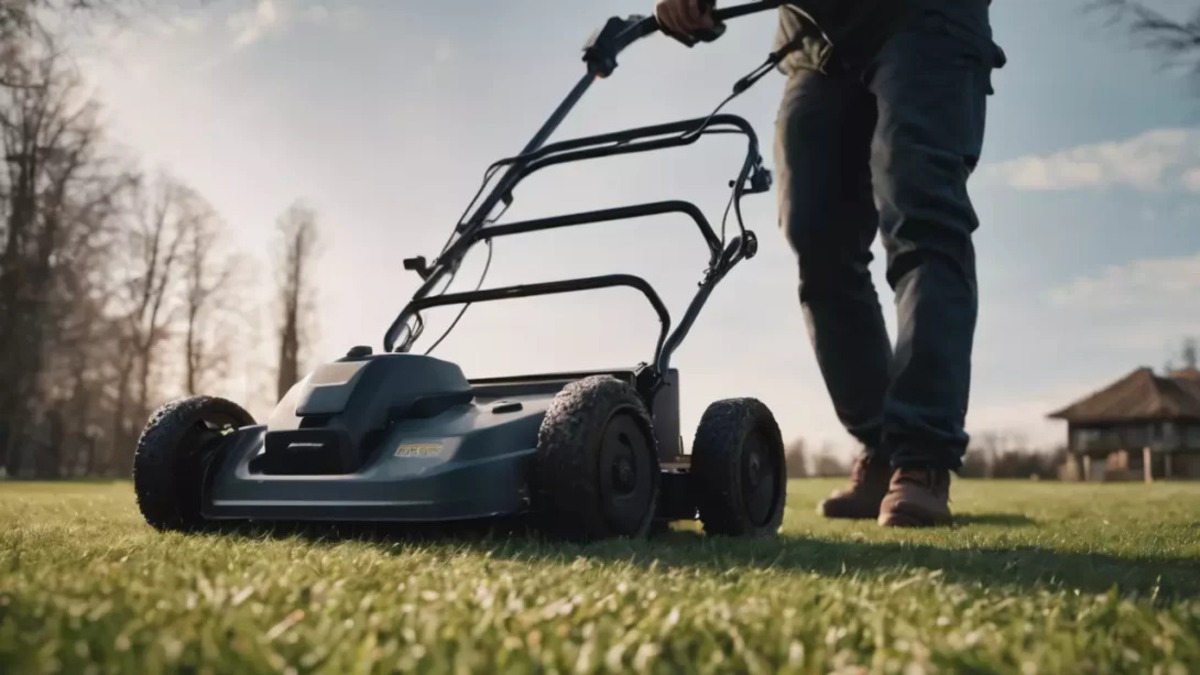
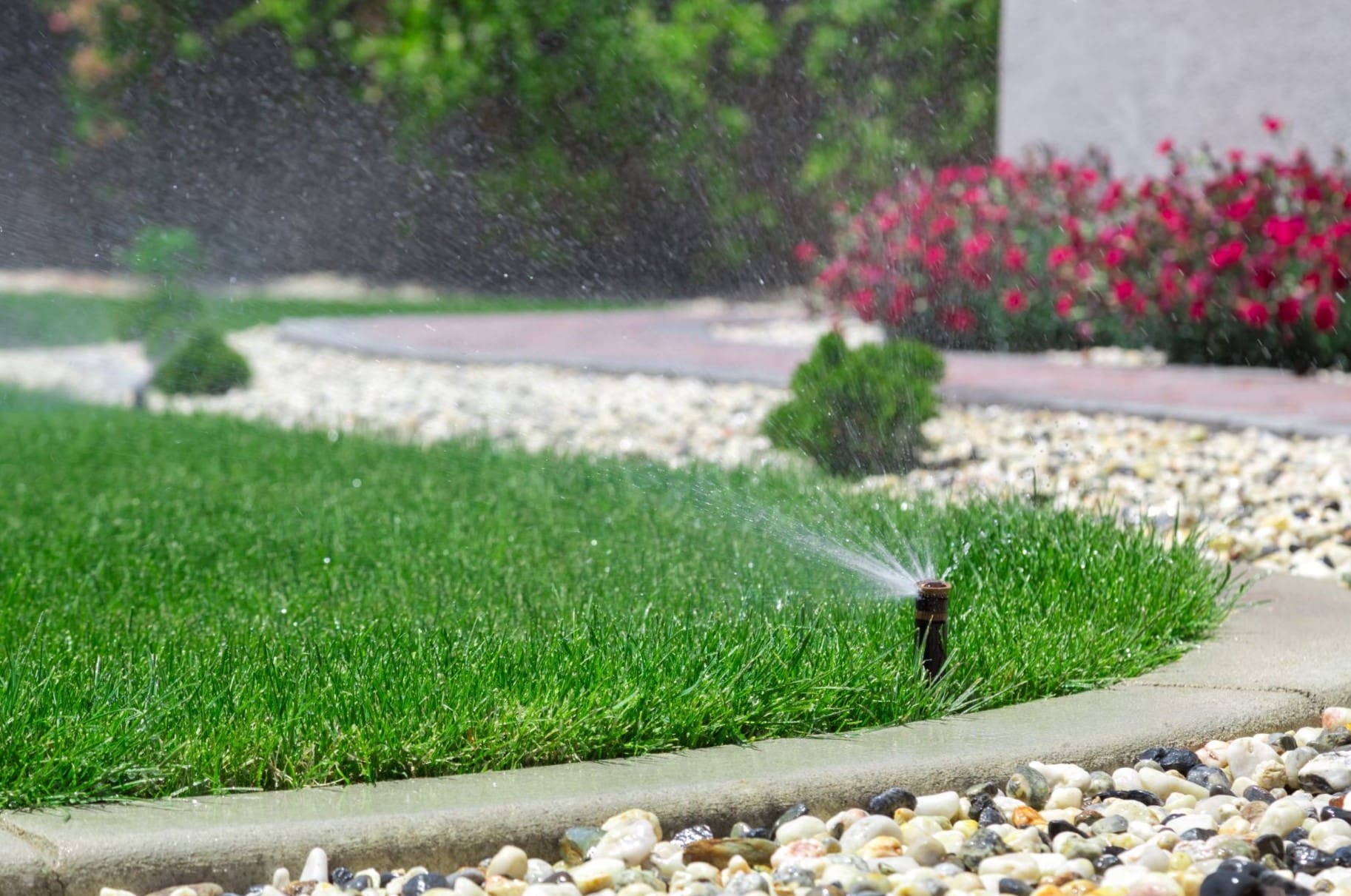
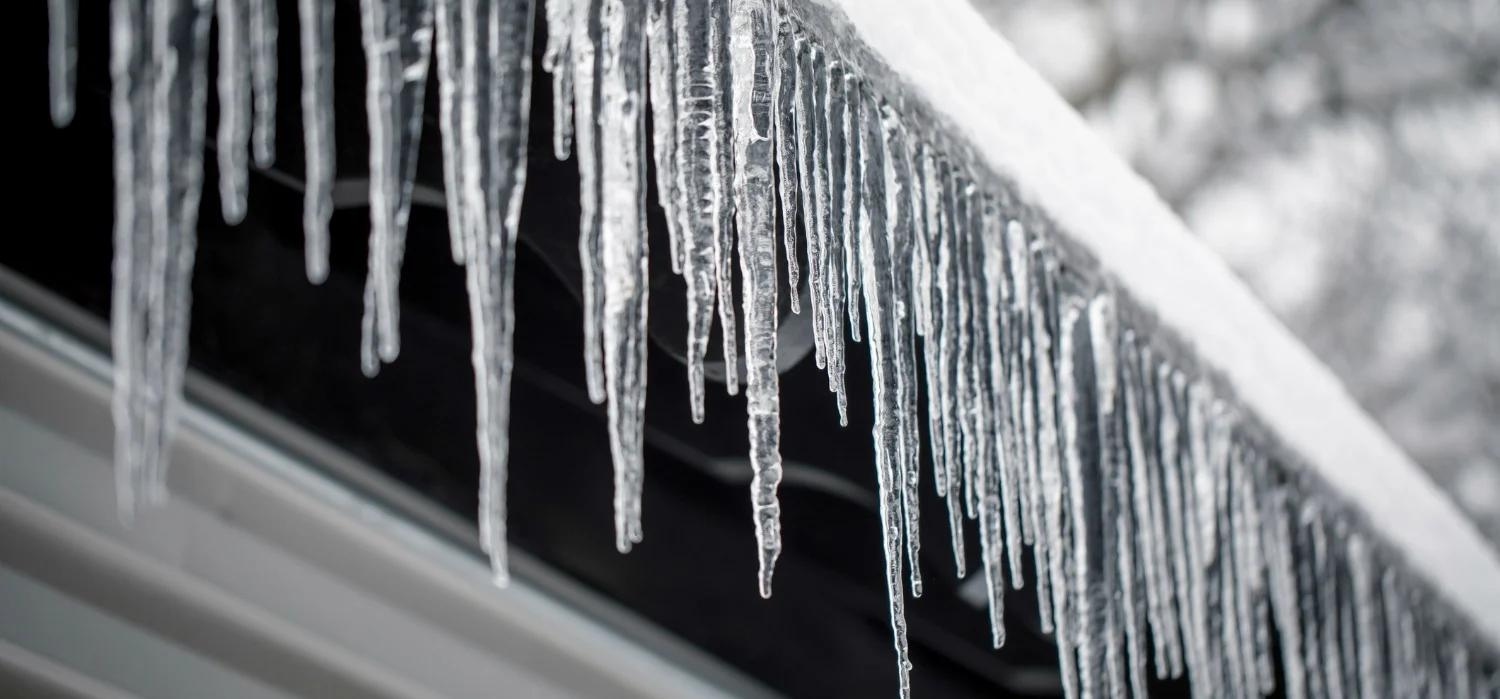
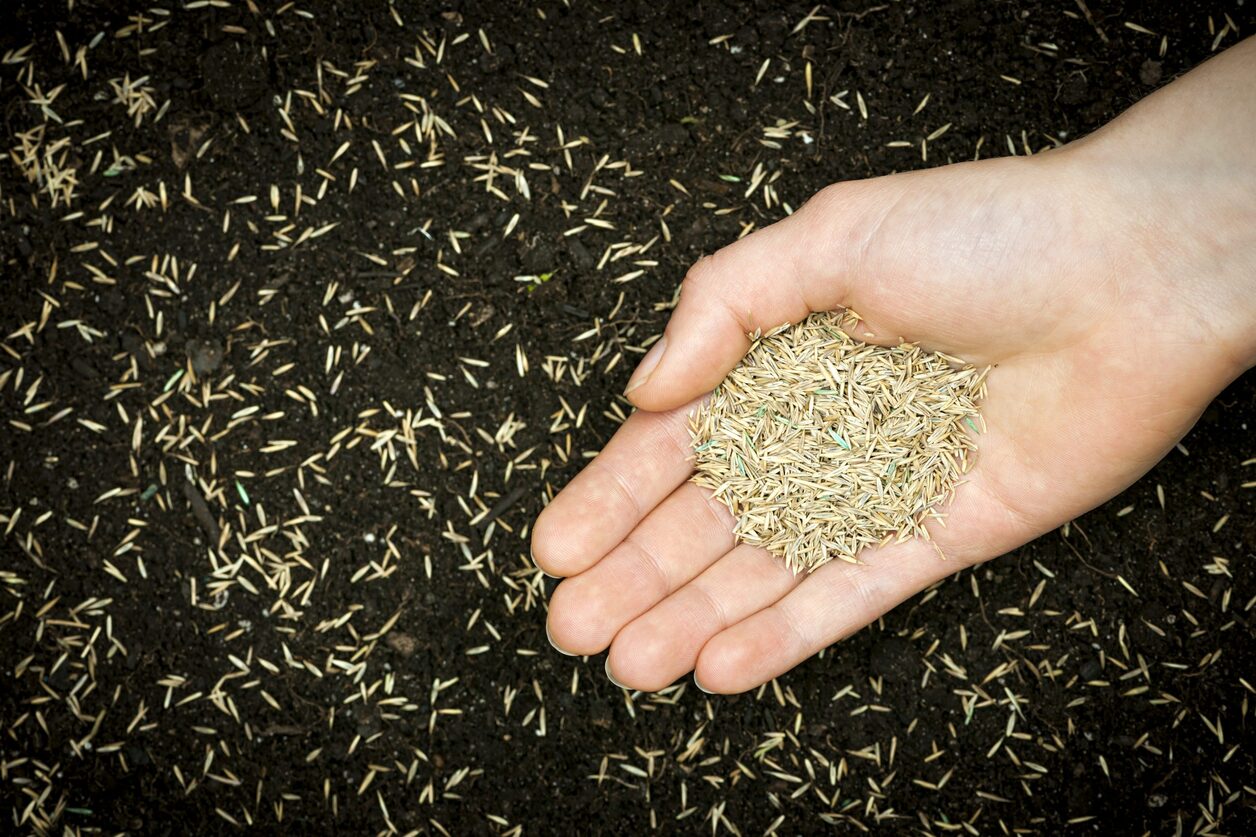
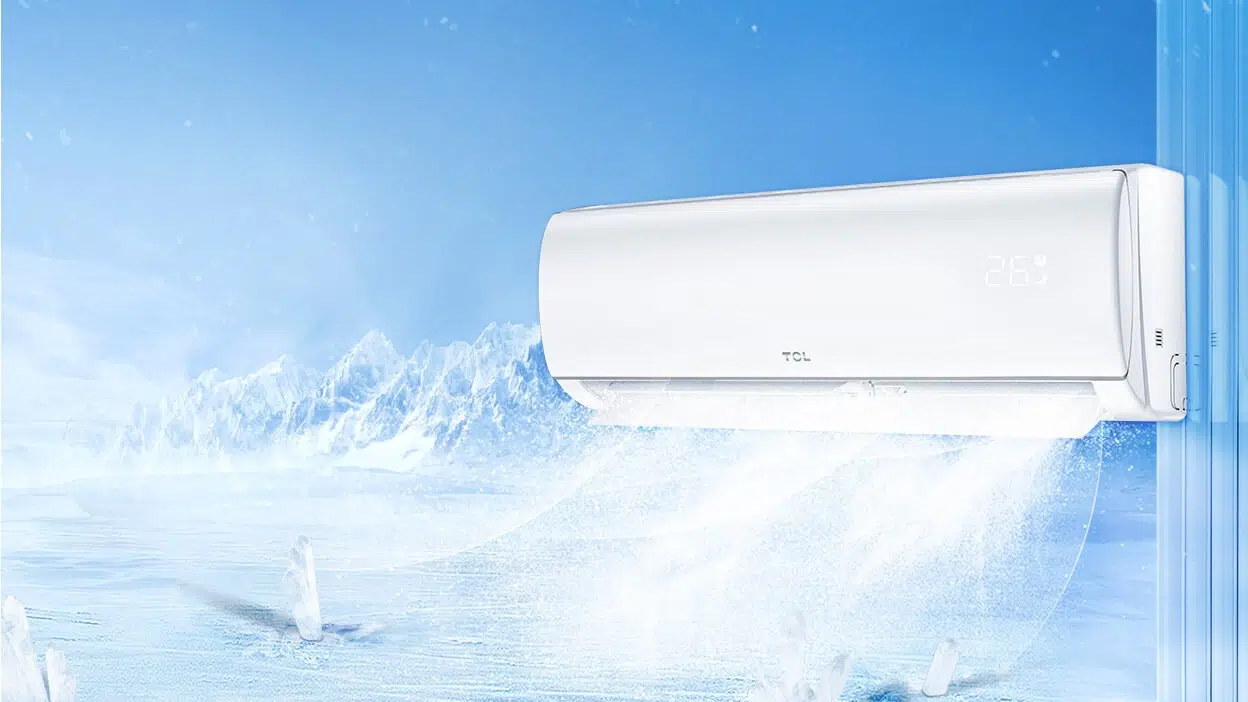
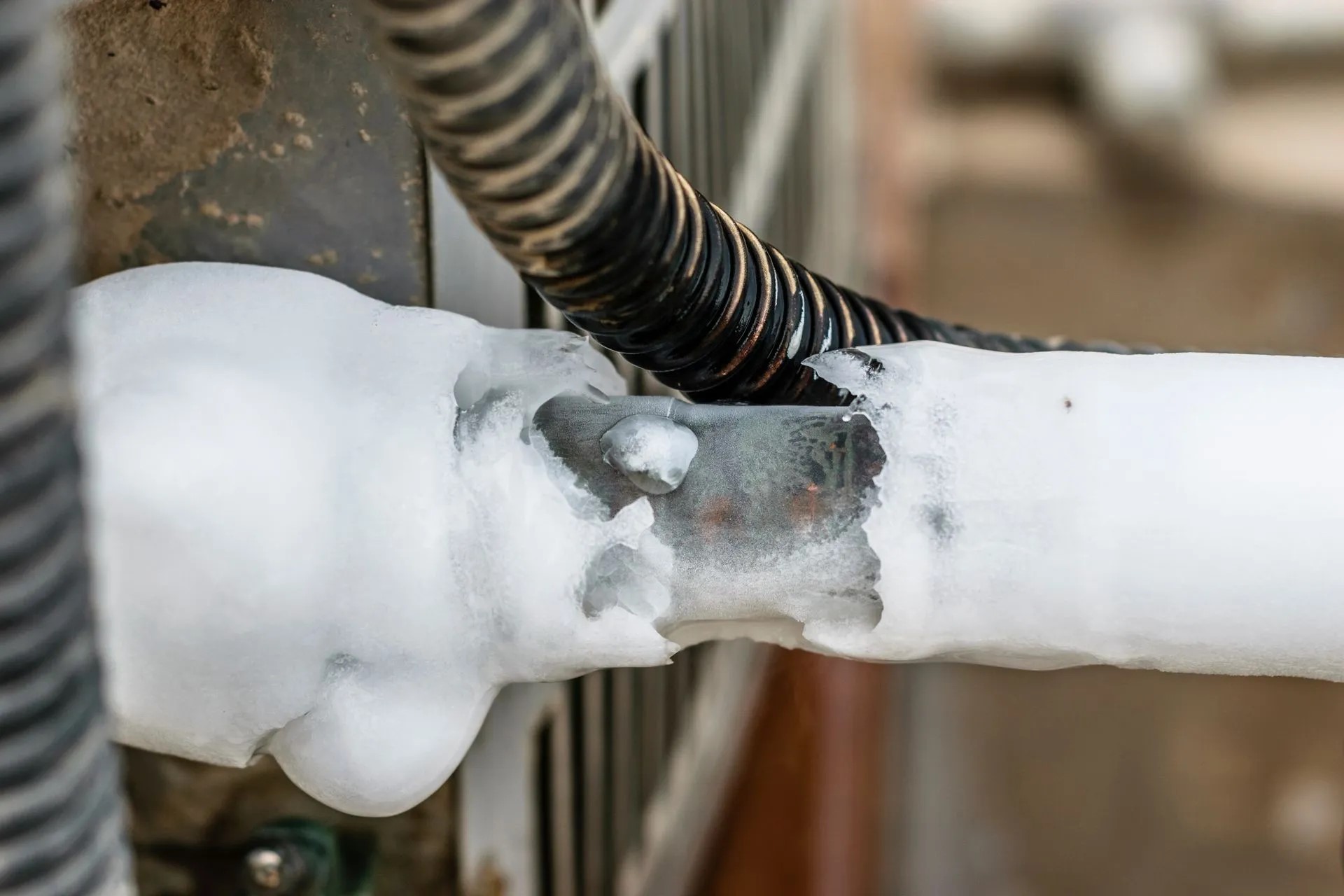
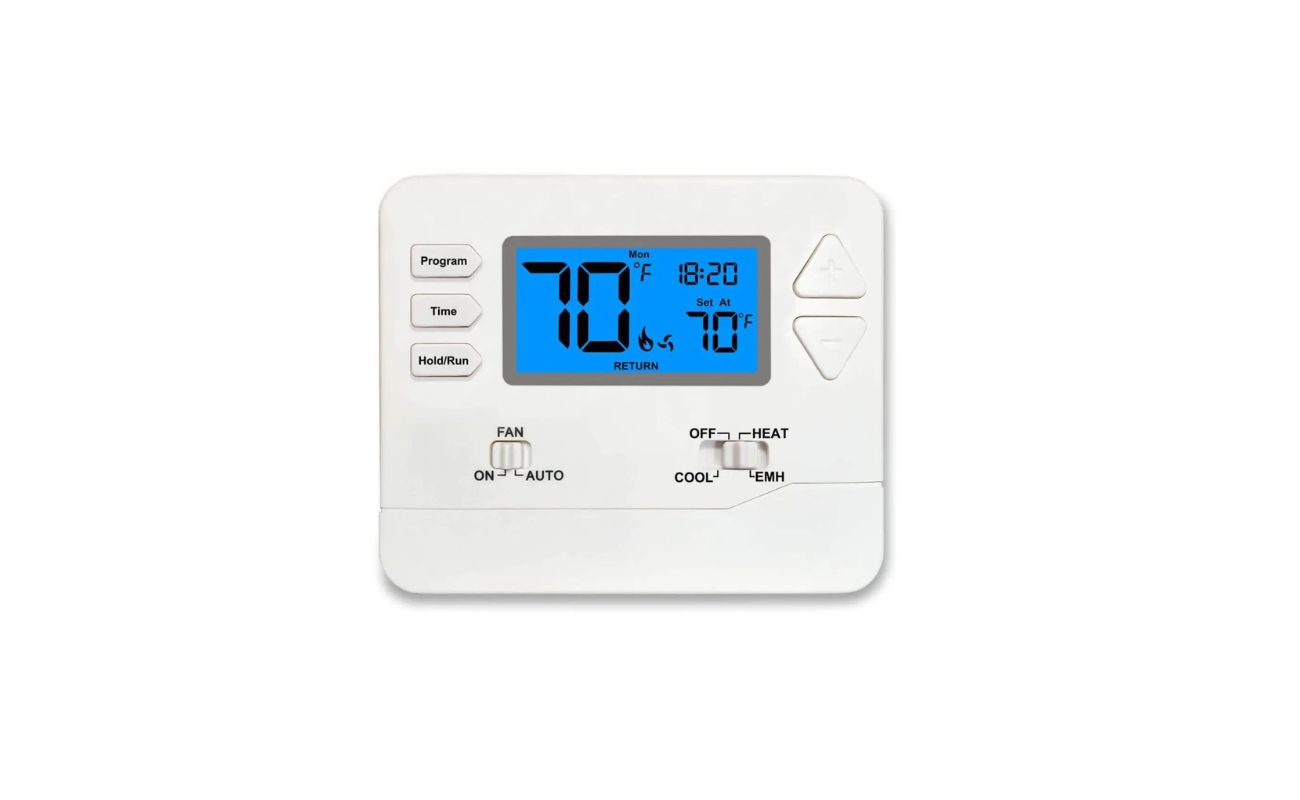
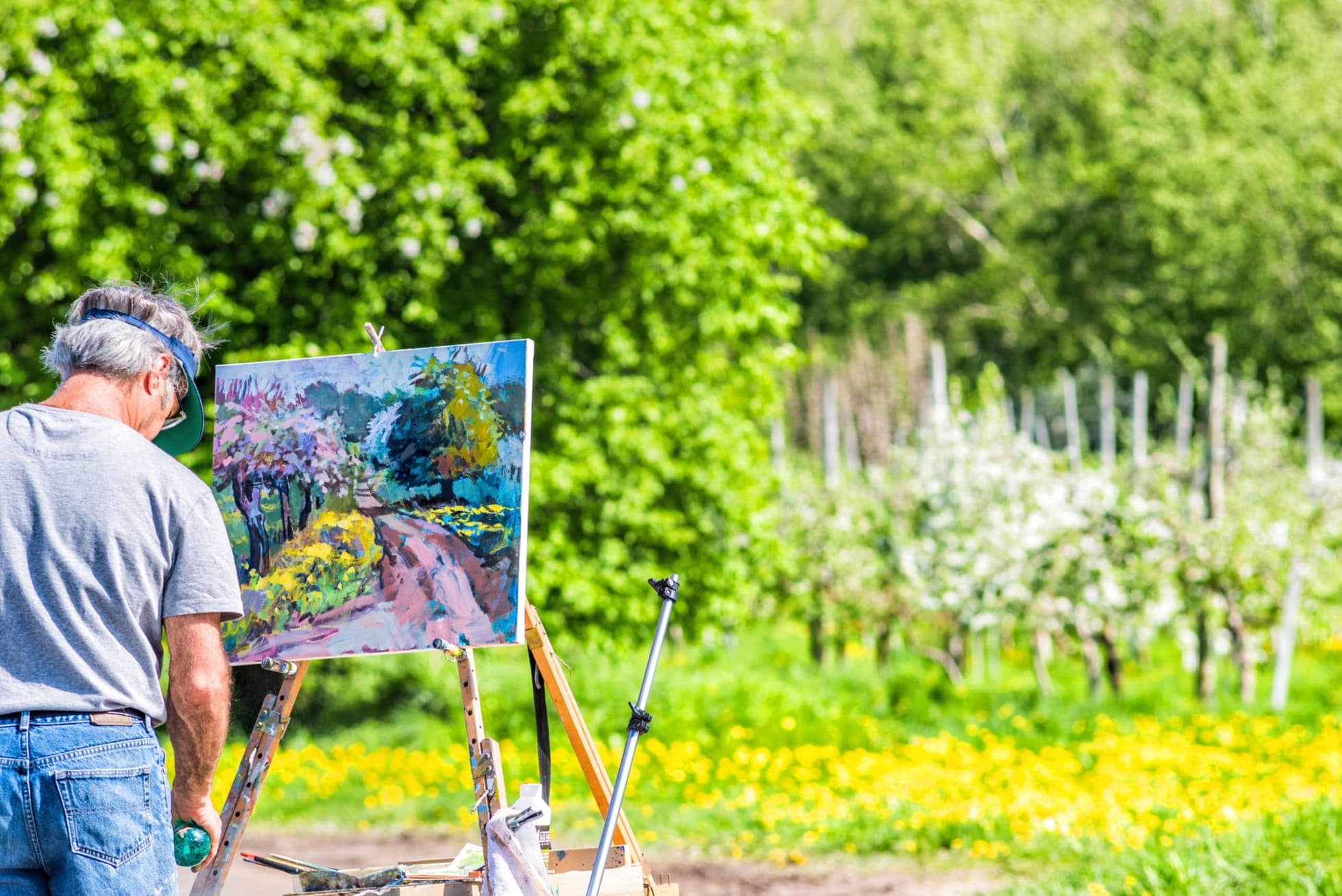
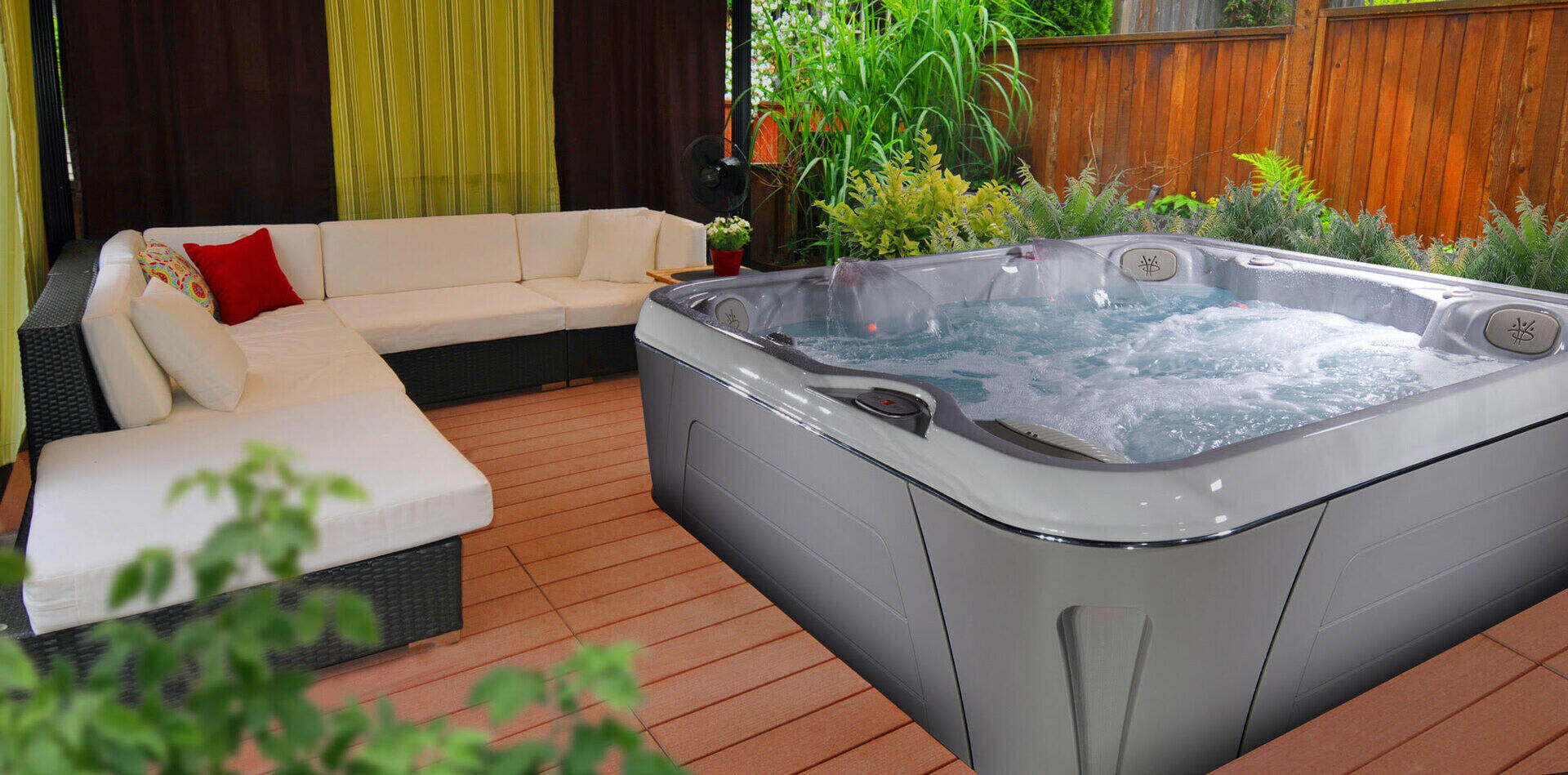
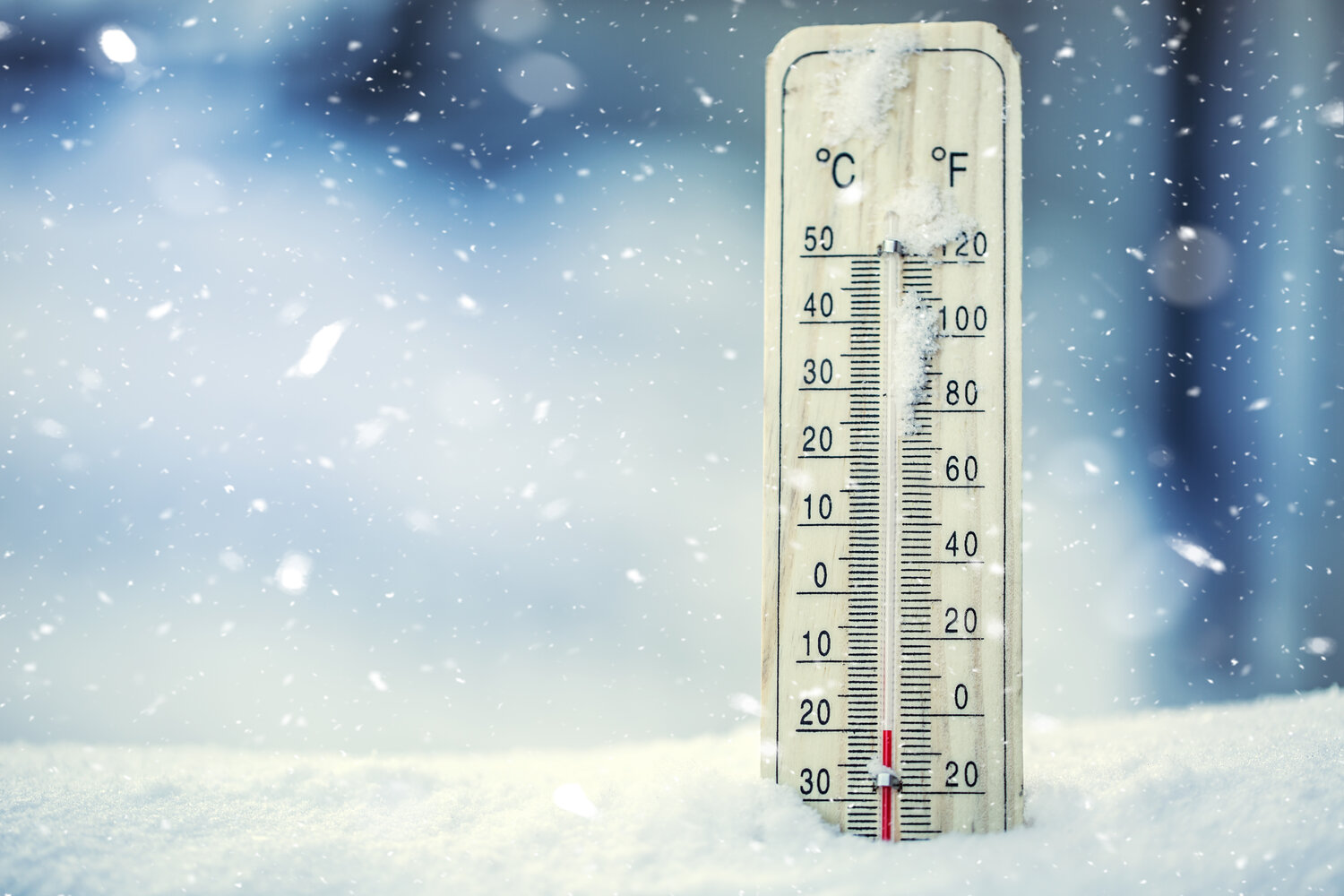
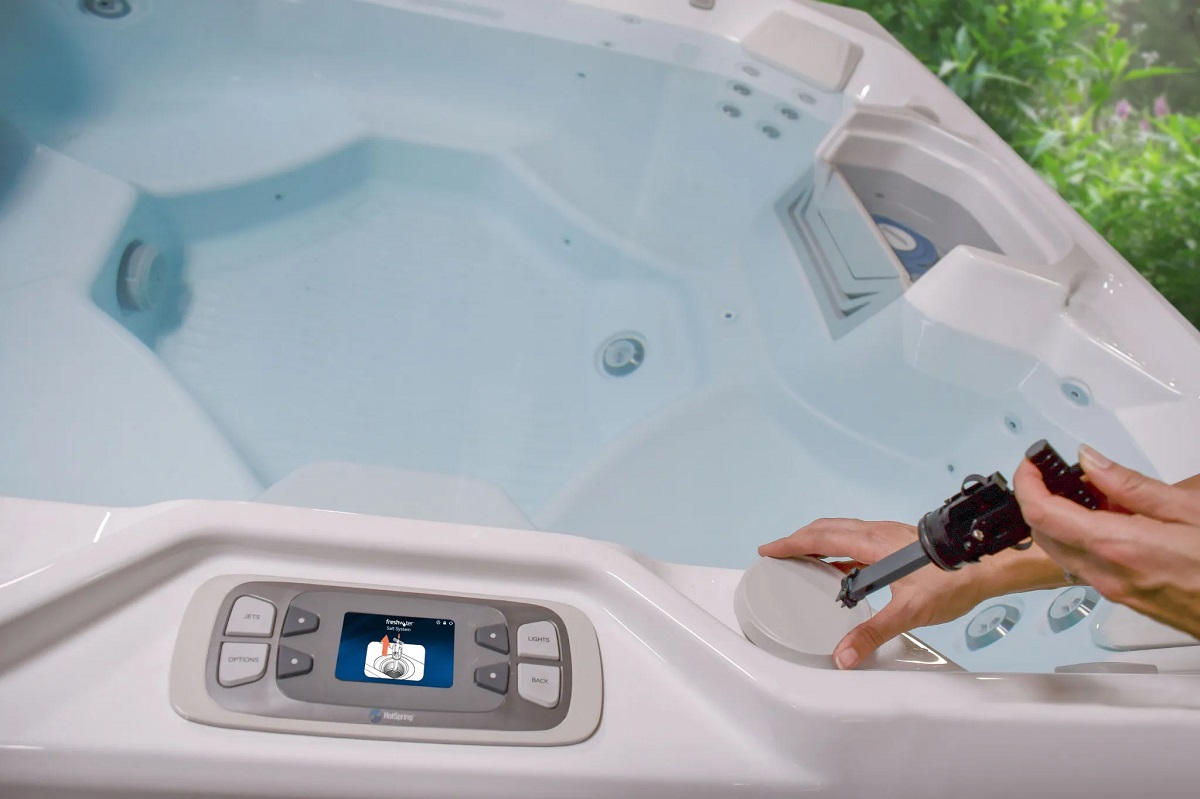
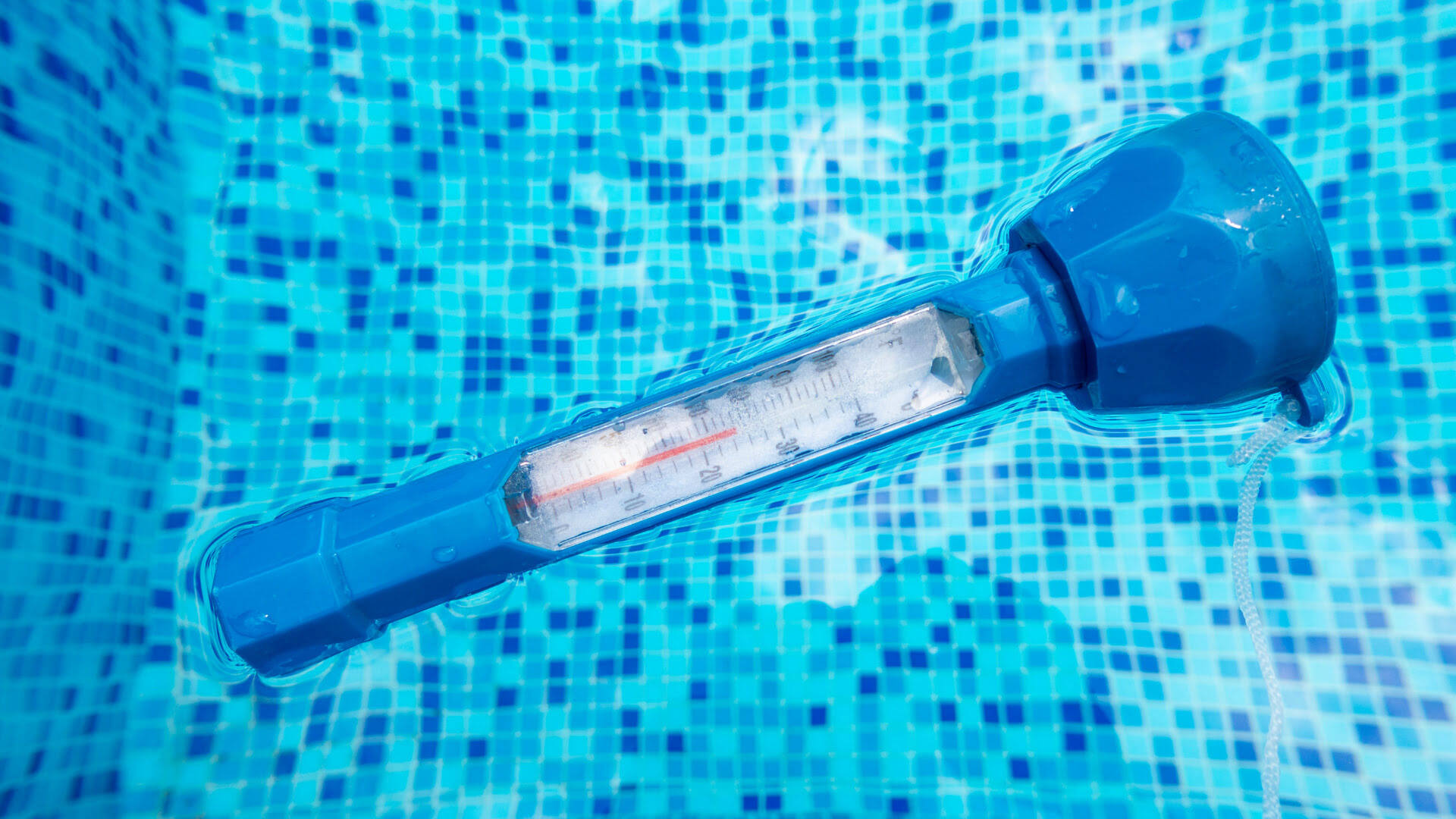
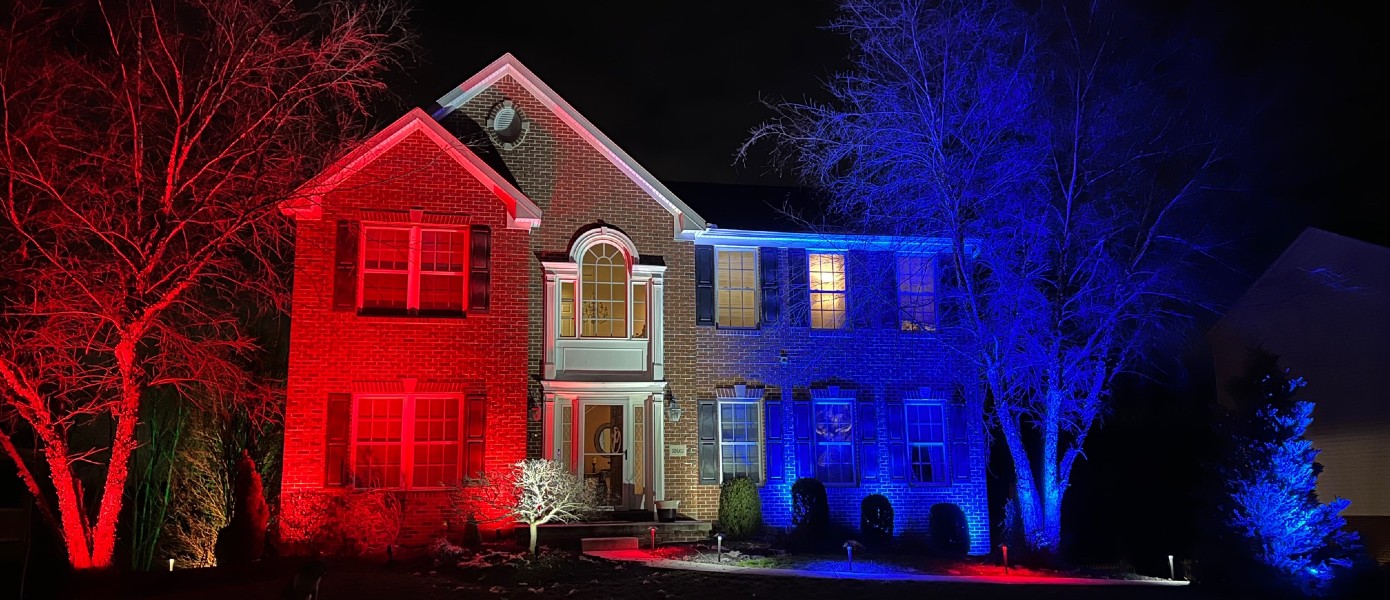
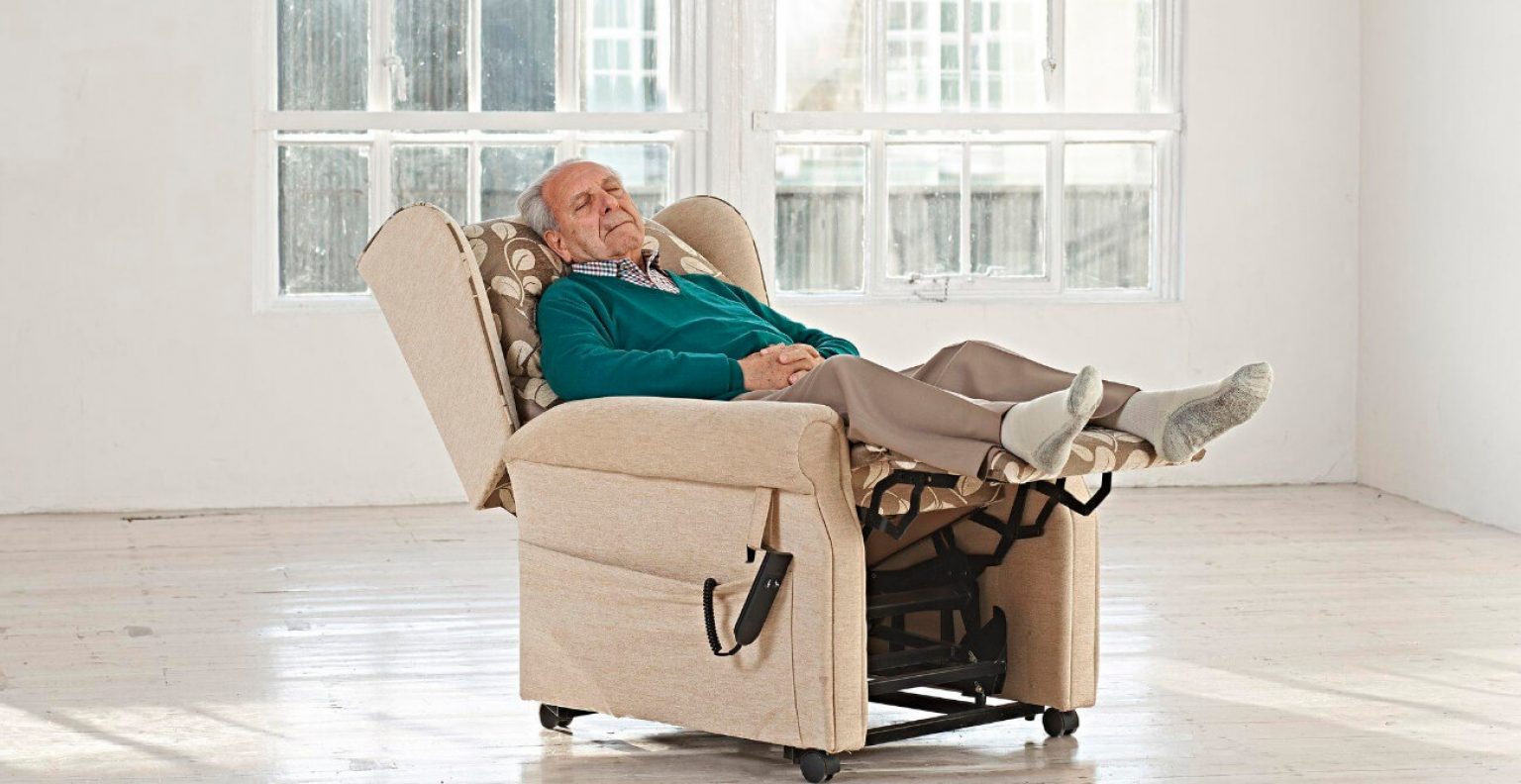
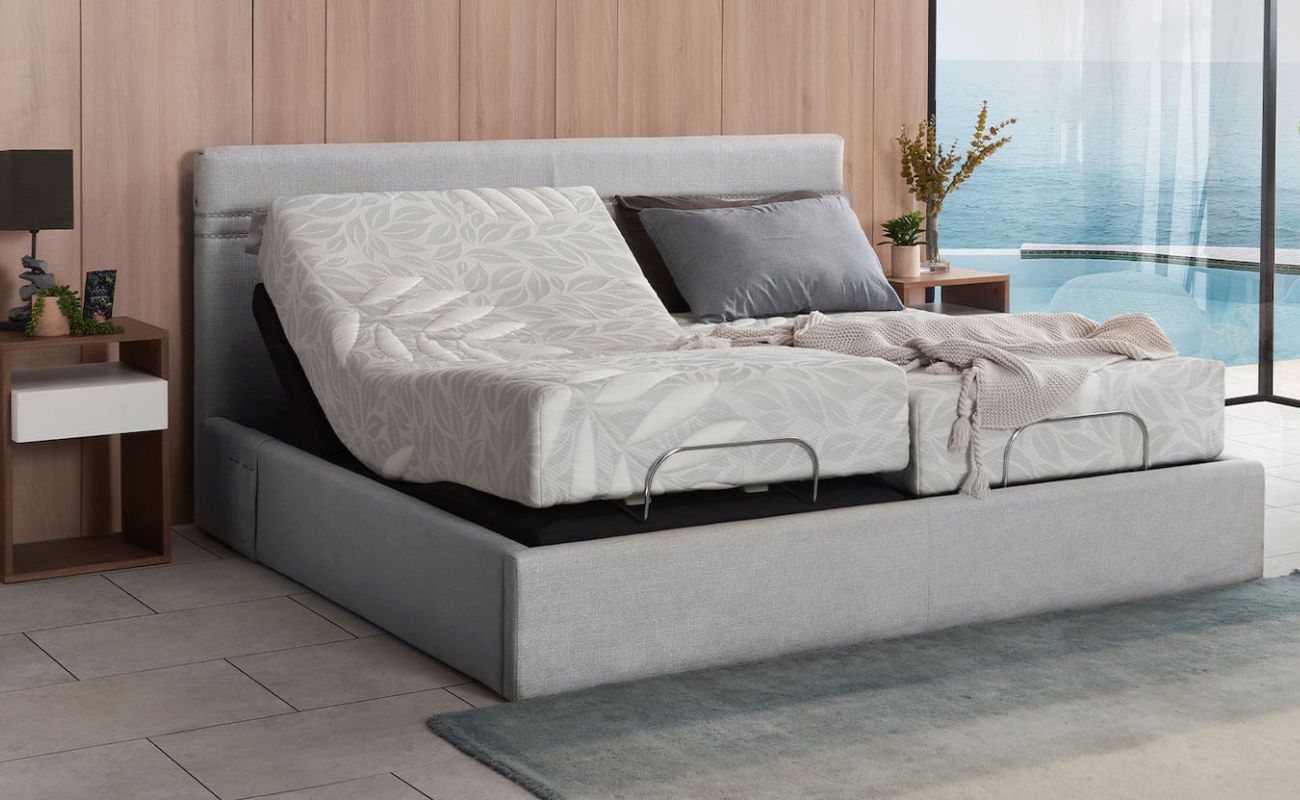

0 thoughts on “What Outdoor Temperature Is Too Hot For The Elderly”